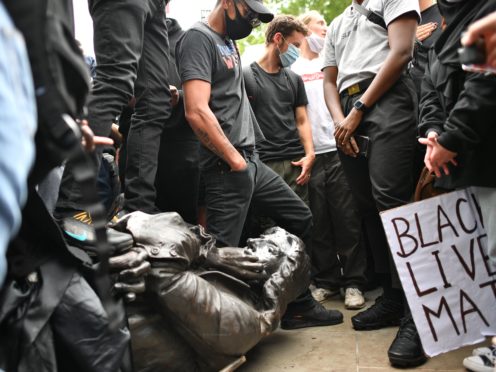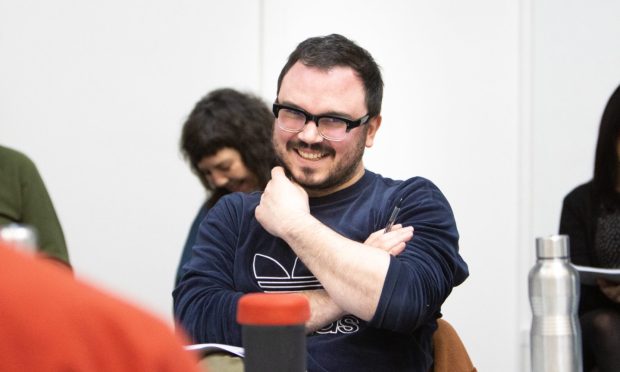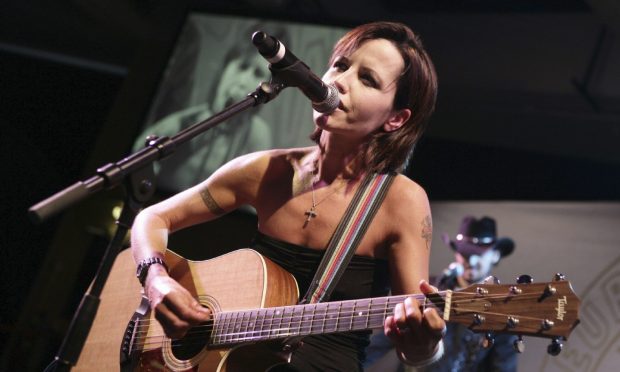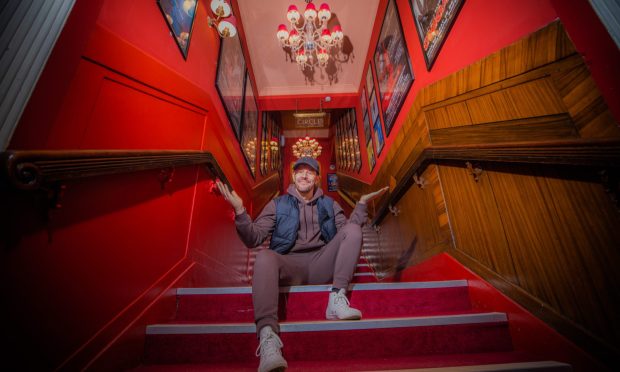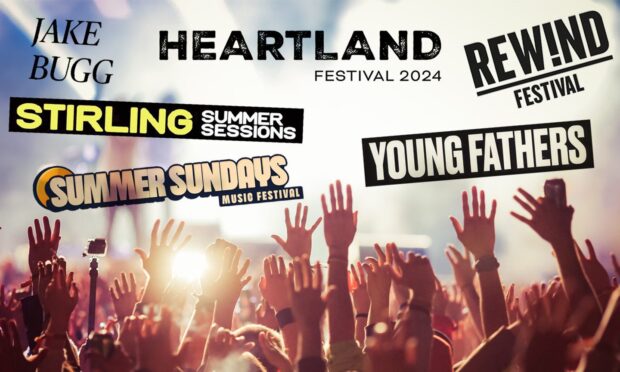Historic statues should stay in place despite controversy, but artefacts could be reinterpreted, arts boss Sir Nicholas Serota has said.
Culture Secretary Oliver Dowden has previously warned, in a leaked letter, that Government-funded museums and galleries risk losing taxpayer support if they remove artefacts.
And Prime Minister Boris Johnson expressed his dismay at the focus on removing statues in the wake of the toppling of the memorial to slave trader Edward Colston in Bristol.
Sir Nicholas, chairman of Arts Council England, told MPs that it is “not responsible for protecting cultural property as such”.
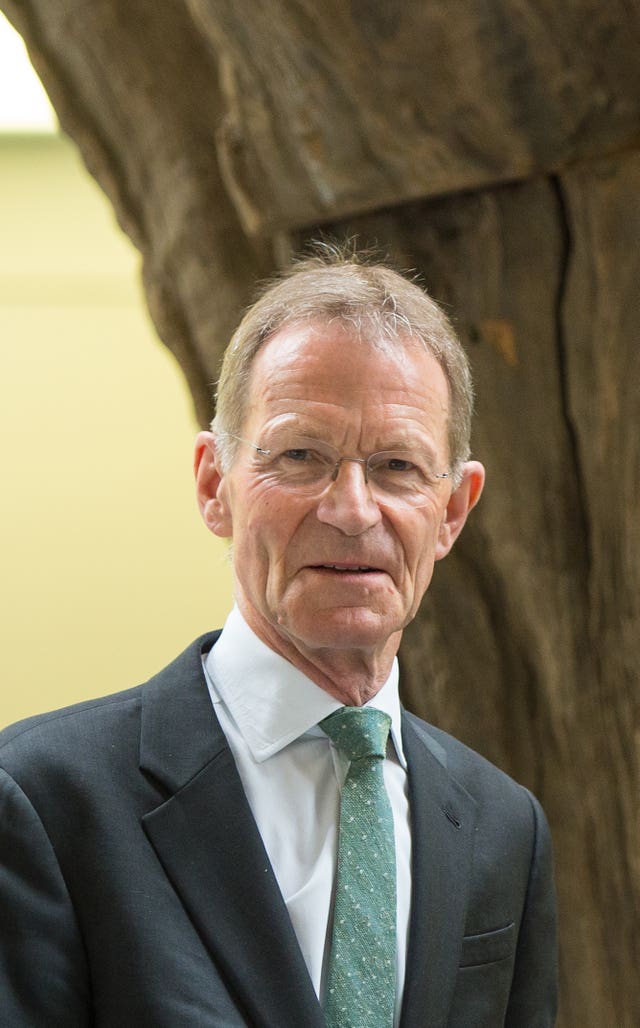
But he added: “As far as the current Government policy is concerned on such things, we would support the notion of retaining works in place.
“Within museums… works move all the time and are constantly reinterpreted and we would therefore support that interpretation where it feels appropriate or a new scholarship emerges,” he told the Digital, Culture, Media and Sport Committee.
The British Museum previously said that it has “no intention of removing controversial objects from display” – after it was one of many institutions, including Tate galleries, Imperial War museums, National Portrait Gallery, National Museums Liverpool, and the Royal Armouries, to receive the warning letter.
It had redisplayed its bust of Hans Sloane, its slave-owning founding father, juxtaposing it with objects to reflect the fact that Sloane’s collection was created in the context of the British Empire and the slave economy.
Arts Council England also told MPs that some small cultural organisations had been surprised to discover they attracted a global audience when putting their content online in the pandemic.
“One of the great successes of the last year is the way organisations have adapted and taken advantage of working in the digital format,” former Tate chief Sir Nicholas said.
“It’s been astonishing for some quite small organisations, the degree to which they have had viewers from elsewhere in the world to watch performances in Leicester or wherever it might be.”
The committee is examining the role played by Arts Council England in the distribution of the initial £1.57 billion Culture Recovery Fund to arts organisations affected by the pandemic. A further £300 million was announced in the 2021 Budget.
